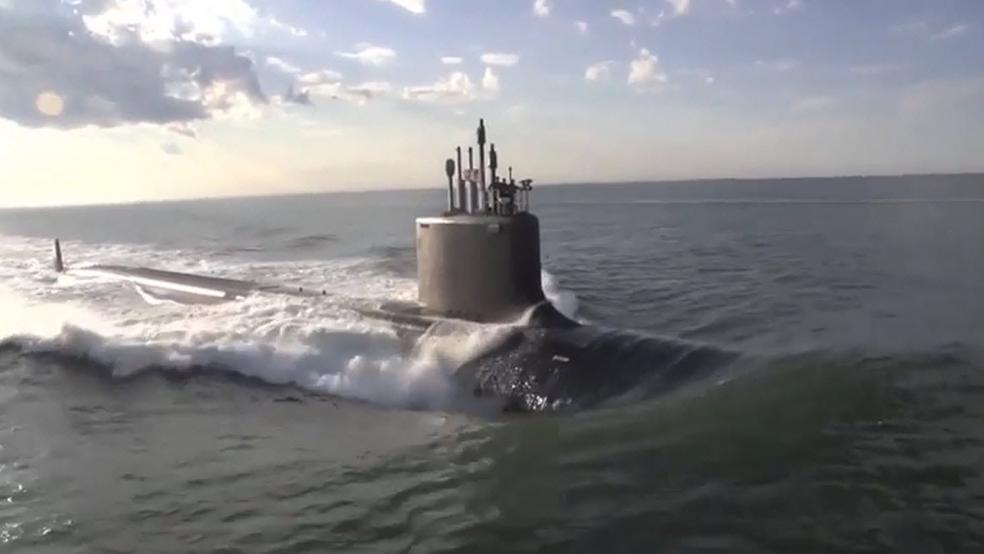A $2.7 billion attack submarine, the USS Minnesota, has been out of commission for more than a year because of a defective pipe joint near the ship’s nuclear-powered engine.
The defective part, which is worth about $10,000, was installed near the ship’s nuclear power plant. Engineers discovered the poorly welded steam pipe in early 2015, and ongoing repairs have led to the ship being stuck in overhaul ever since, according to Navy Times.
Related: The 10 Most Expensive Weapons in the Pentagon’s Arsenal
The submarine was considered a great success just a few years ago. It was delivered to the Navy 11 months ahead of schedule and commissioned in September 2013. But the ship has spent only a few days at sea, and its crew has been waiting for more than two years to get underway. Repairs are supposed to be completed this summer, but the process has taken so long that some of the current crew, who typically serve in three-year rotations, may never sail on it.
The Minnesota isn’t alone, either: Navy officials say two other subs have been affected by the same shoddy pipe joints, and engineers are now scouring aircraft carriers and other ships for similar problems. Justice Department investigators are gathering evidence for possible criminal charges against the contractors responsible for the work.
The news comes at a critical time for the Navy. On Monday the service released a “Submarine Unified Build Strategy” (SUBS) for concurrent production of its Ohio-class replacement ballistic missile submarine and Virginia-class attack submarine through at least 2023.
The Navy wants to buy 12 boats to replace the existing force of 14 Trident Ohio-class ballistic missile submarines, which entered into service in the early 1980s. Service officials have pegged the cost of the Ohio replacement program, also known as the SSBN(X), at around $139 billion dollars. The effort’s lifetime cost will come in at roughly $347 billion.
With so much taxpayer money at stake, the SUBS plan is meant to show that the Navy is serious about keeping the SSBN(X) effort and the ongoing program to build 48 Virginia-class vessels like the Minnesota on cost and on schedule.
The strategy calls for defense giant General Dynamics to lead design and delivery of the 12 SSBN(X) vessels, while Huntington Ingalls designs and builds major assemblies and modules.
Related: Watch the Navy’s Latest $1.8 Billion Destroyer Hit the Waves
General Dynamics will also remain the prime contractor for work on the Virginia-class subs, which are also built by both companies. But since the Ohio-class successor is a top priority, the Navy plan states that Huntington Ingalls will assume responsibility for building additional Virginia-class submarines as needed, though it doesn’t give an exact number.
Both firms agreed to the Navy’s plan.
Rep. Joe Courtney of Connecticut, the top Democrat on the House Armed Services Subcommittee on Seapower and Projection Forces, said he was glad that the plan stipulates keeping up the present pace of building two Virginia-class subs a year through at least 2023. Connecticut is home to Electric Boat, a subsidiary of General Dynamics.
The Navy previously said it would construct just one sub in 2021, the first year the service is supposed to buy an SSBN(X). The service is facing a submarine shortfall starting in about 2025, and building a second attack sub in 2021 could help ease the burden on the underwater fleet.





